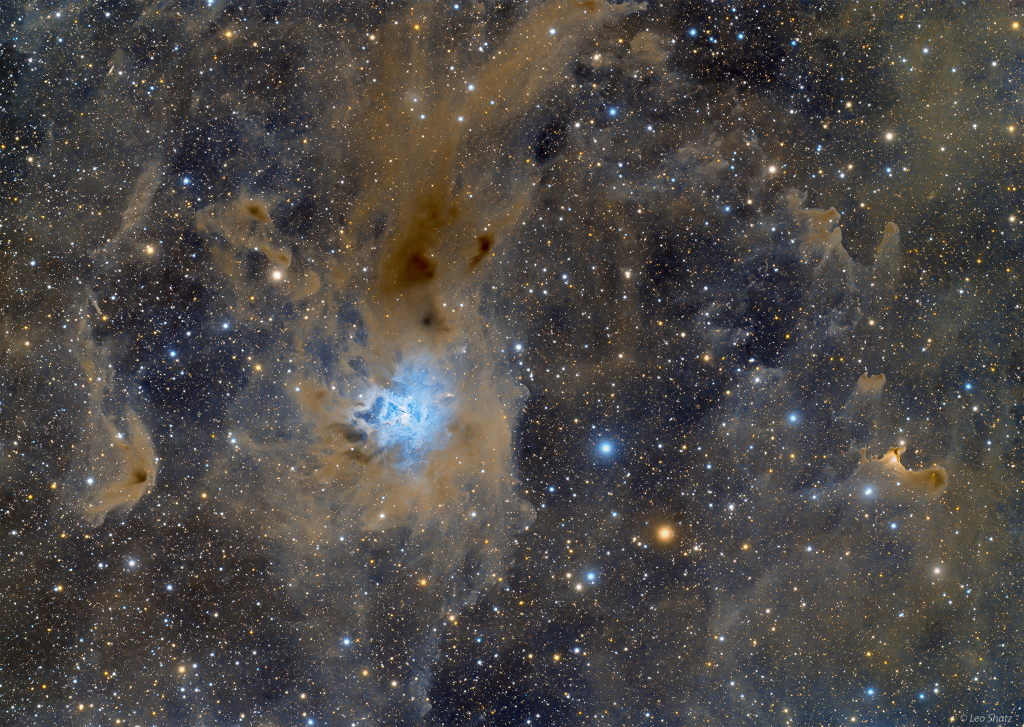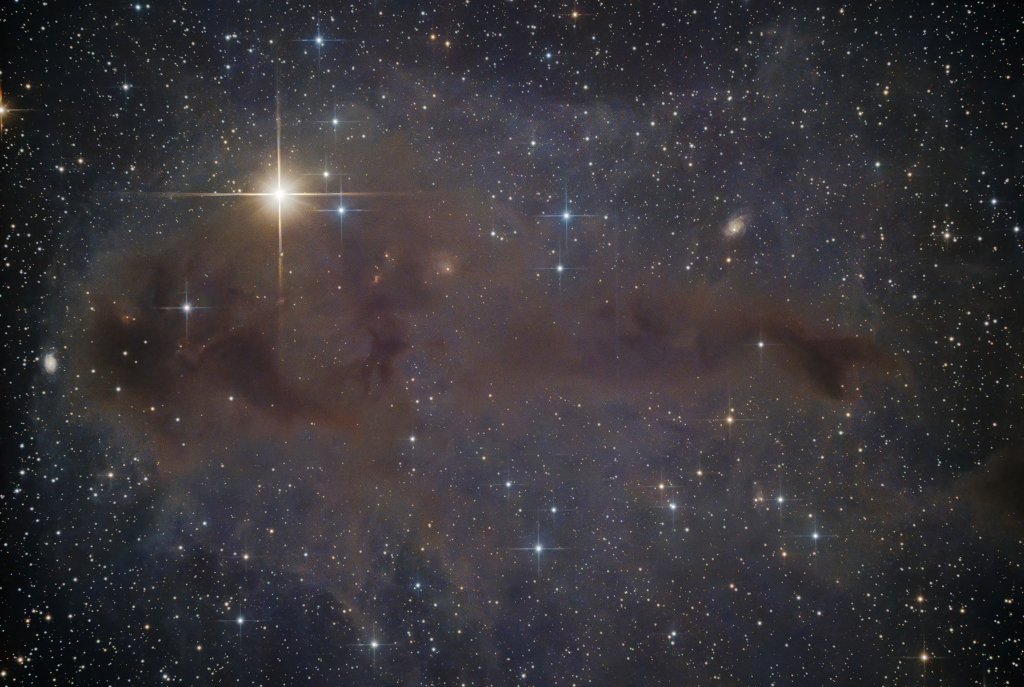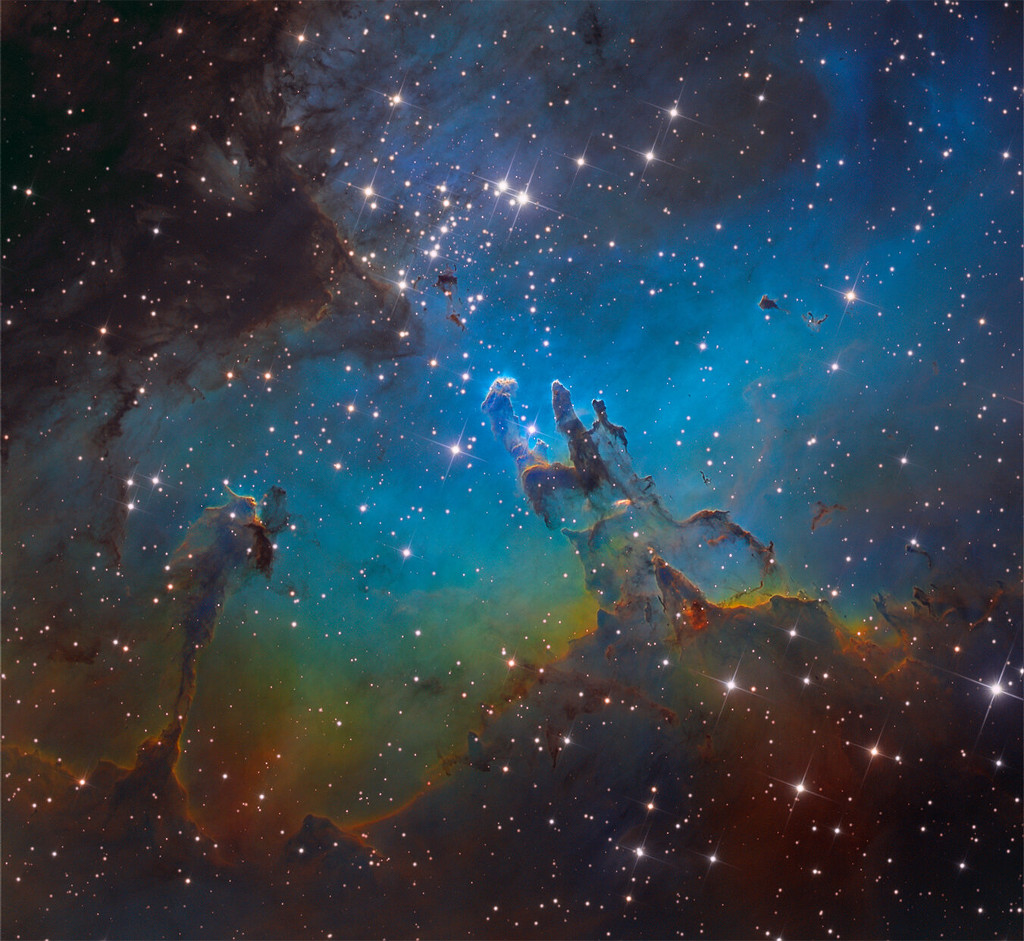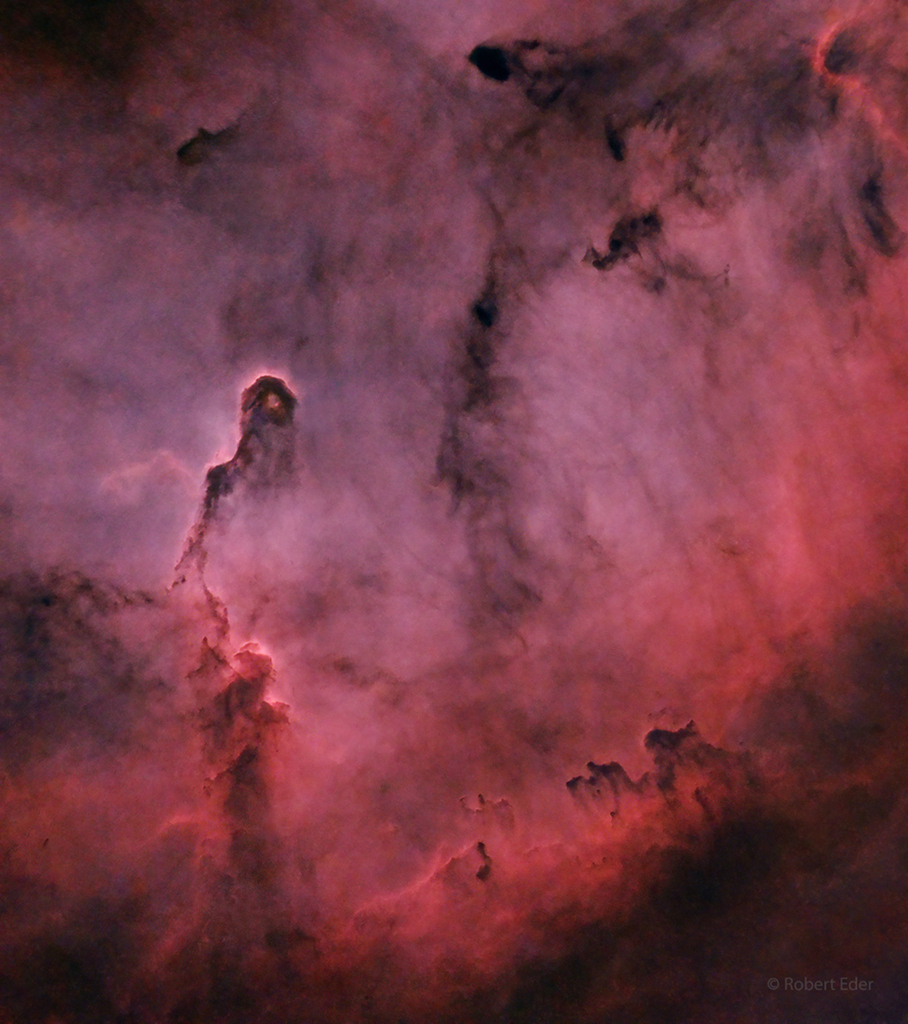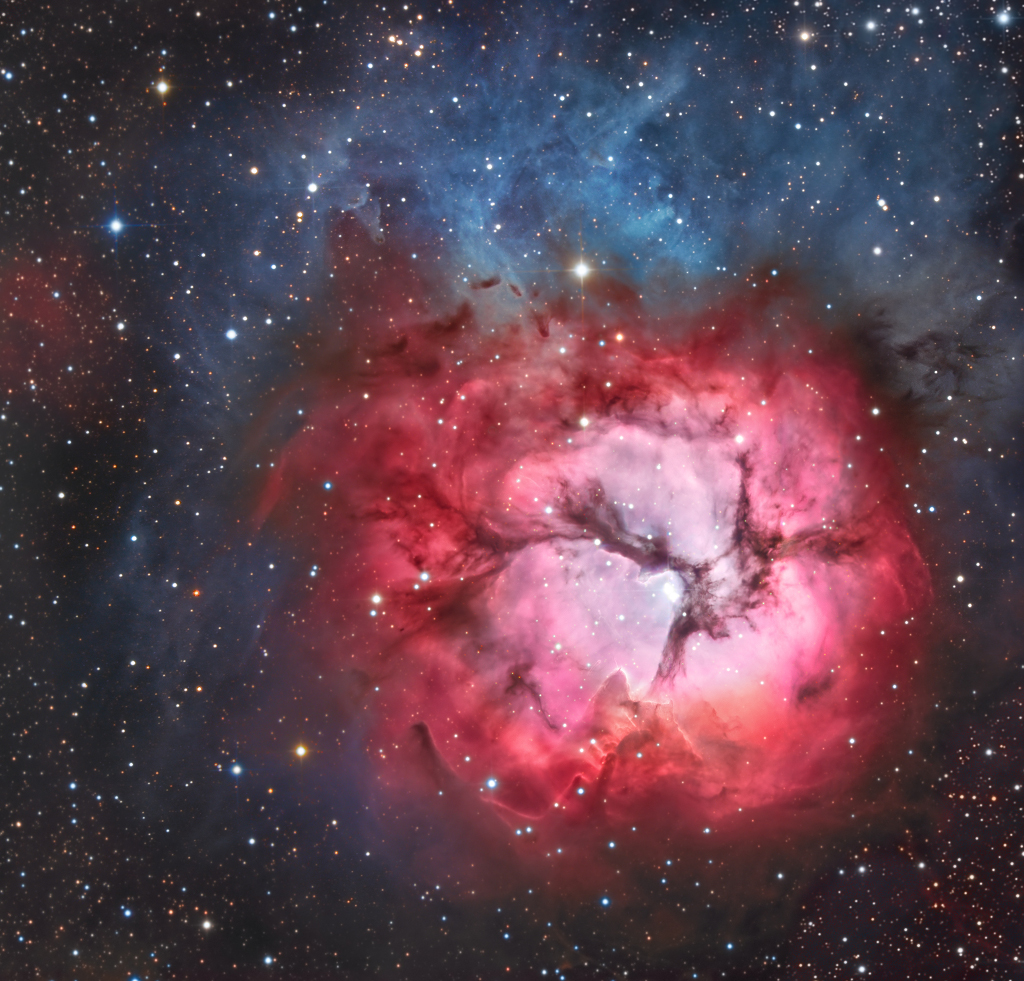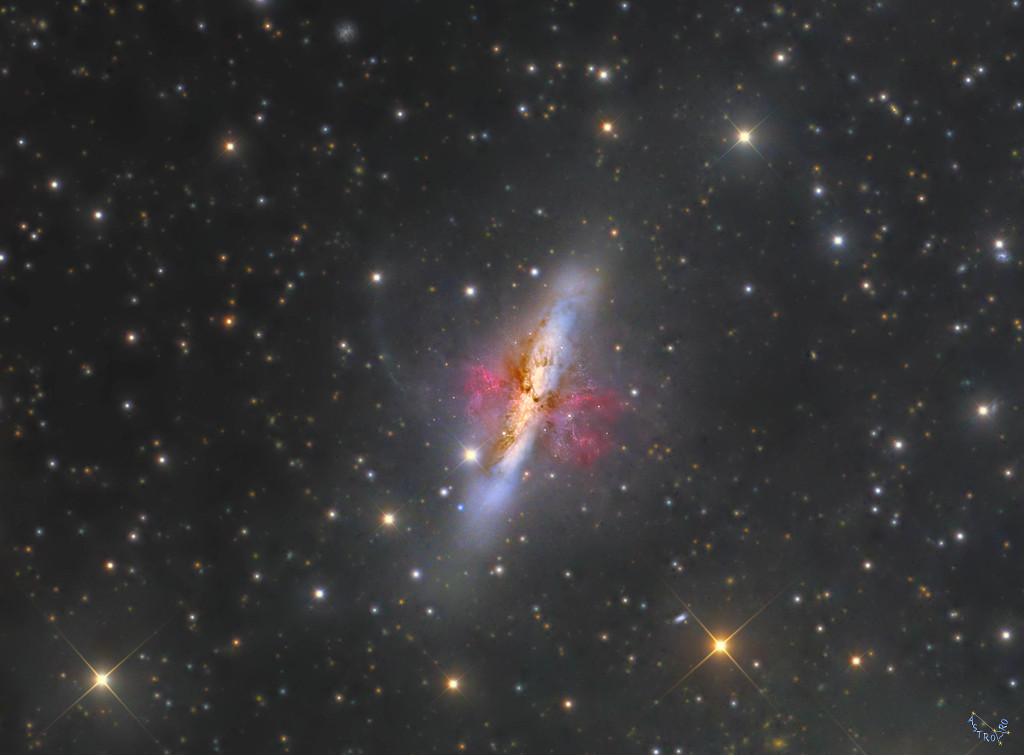黝黑的仙王座海马星云
2021年11月05日 The Dark Seahorse in Cepheus Image Credit & Copyright: Valerio Avitabile Explanation: Light-years across, this suggestive shape known as the Seahorse Nebula appears in silhouette against a rich, luminous background of stars. Seen toward the royal northern constellation of Cepheus, t […]


